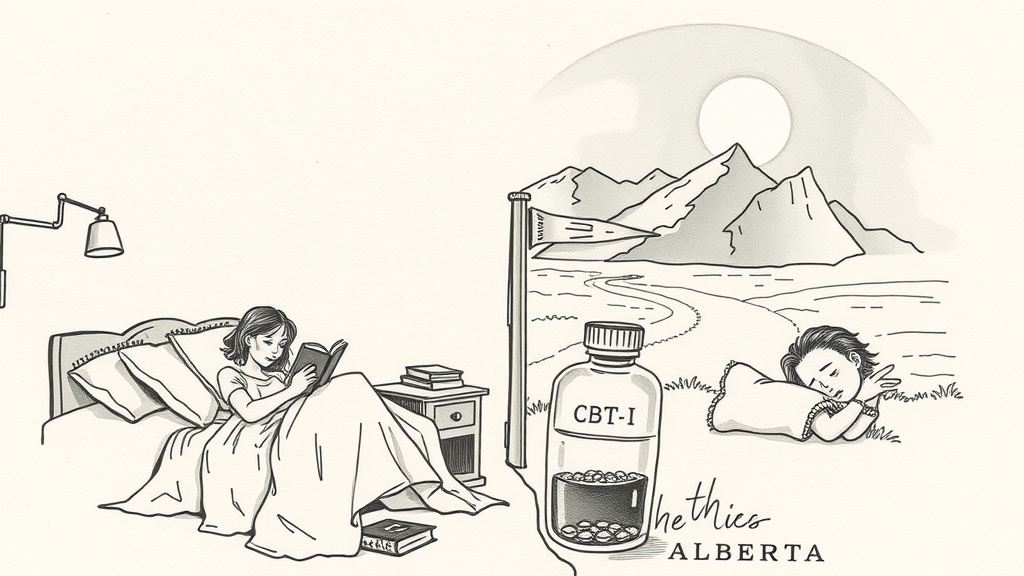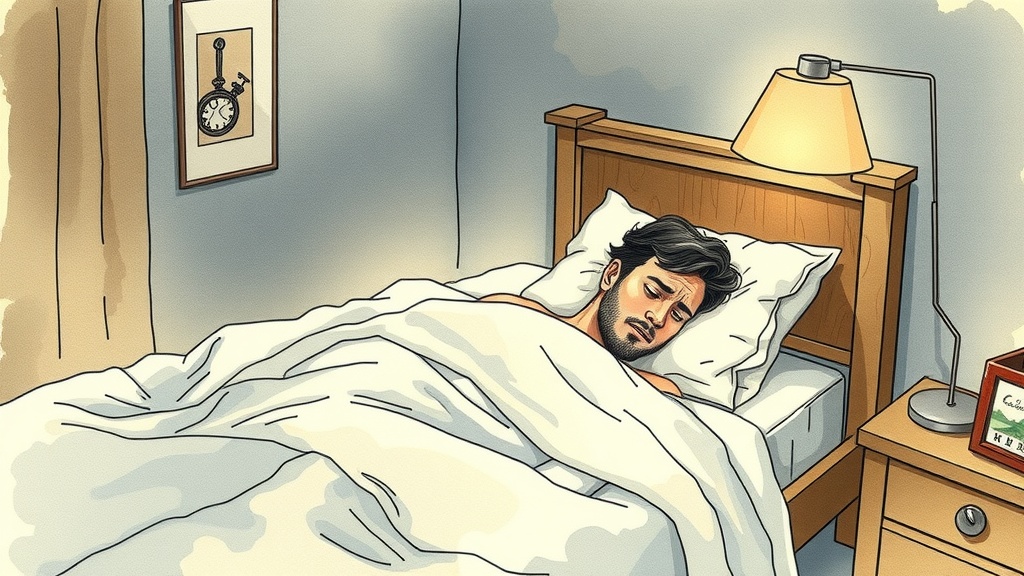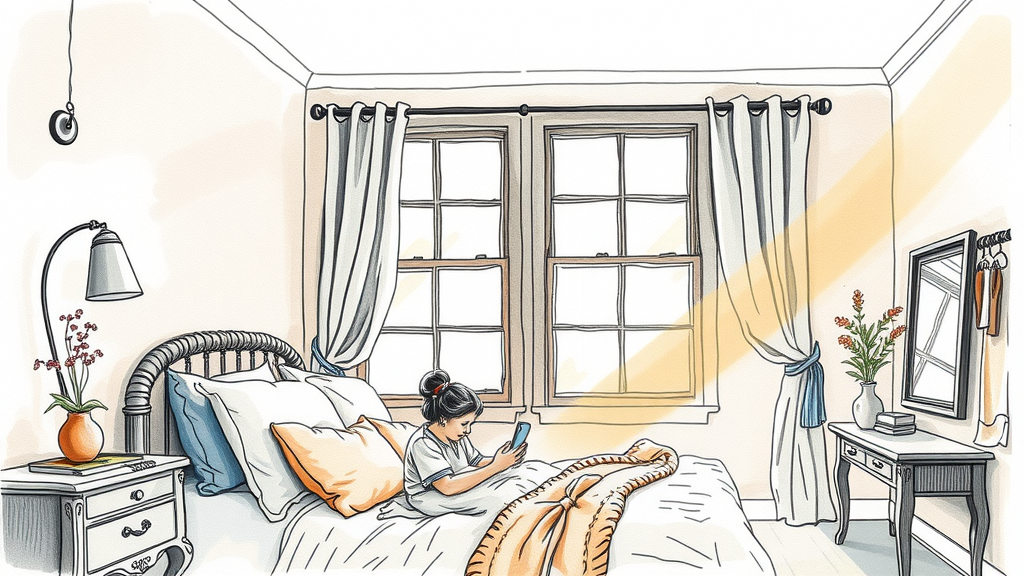· Don Schmidt · Guides · 14 min read
The Ultimate Guide to Sleep Restriction Therapy: How It Works and Who It's For in Alberta
Discover Sleep Restriction Therapy (SRT) in Alberta - learn how this effective insomnia treatment works, who benefits, and local access.
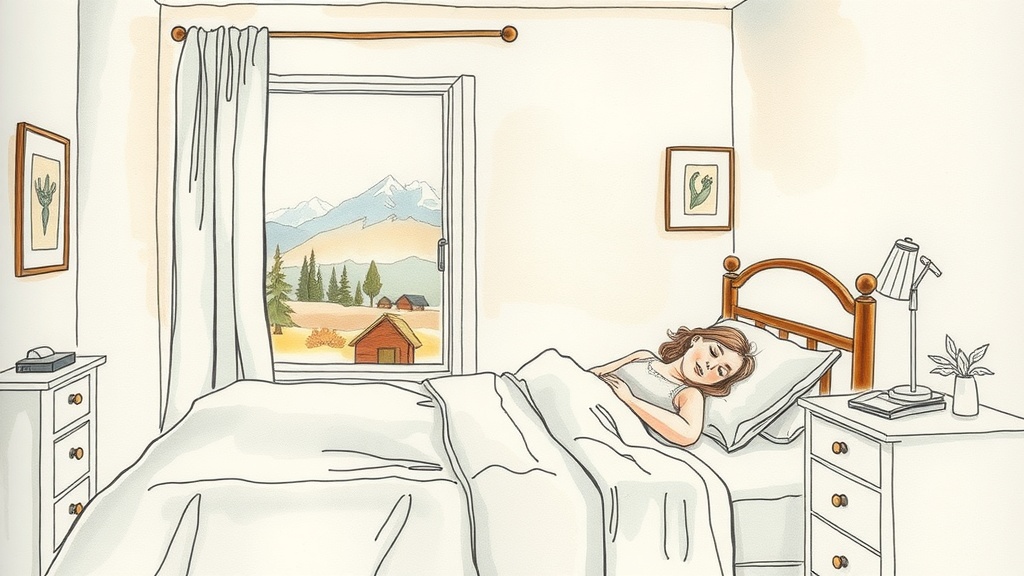
Understanding the Insomnia Challenge in Alberta
Sleep is a fundamental pillar of health, as vital as nutrition and exercise. Yet, for millions worldwide, including countless Albertans, a good night’s sleep remains an elusive dream. Insomnia, characterized by difficulty falling asleep, staying asleep, or waking too early and being unable to return to sleep, can severely impact quality of life, productivity, and overall well-being. In Alberta, factors such as demanding work schedules, the unique daylight patterns of our northern climate (especially the long summer days), and the stresses of modern life can exacerbate sleep challenges.
While various remedies and strategies exist for sleep problems, one highly effective, evidence-based approach is gaining significant recognition: Sleep Restriction Therapy (SRT). Often a core component of Cognitive Behavioural Therapy for Insomnia (CBT-I), SRT might sound counter-intuitive – intentionally reducing your time in bed – but its effectiveness lies in retraining your body’s natural sleep drive. This comprehensive guide will delve into the intricacies of Sleep Restriction Therapy, explaining how it works, who can benefit from it, and how it’s being applied to improve sleep health across Alberta.
What Exactly is Sleep Restriction Therapy (SRT)?
Sleep Restriction Therapy is a behavioural intervention designed to improve sleep efficiency and consolidate sleep. The central idea behind SRT is to initially restrict the amount of time an individual spends in bed to closely match their actual sleep time. This intentional sleep deprivation builds up what’s known as ‘sleep drive’ or ‘sleep pressure,’ making it easier to fall asleep and stay asleep.
The logic is simple: if you spend 8 hours in bed but only sleep for 5, your brain begins to associate the bed with wakefulness, frustration, and anxiety. SRT aims to break this negative association by ensuring that almost all time spent in bed is dedicated to sleeping. Once sleep efficiency (the percentage of time in bed actually spent sleeping) improves, the time allowed in bed is gradually increased until an optimal sleep duration is achieved.
The Science Behind SRT
SRT operates on two primary physiological principles:
- Sleep Drive (Homeostatic Sleep Propensity): The longer you are awake, the stronger your natural drive to sleep becomes. By restricting time in bed, SRT ensures that when you do go to bed, your sleep drive is at its peak, facilitating faster sleep onset and more consolidated sleep.
- Circadian Rhythm (Sleep-Wake Cycle): SRT helps to stabilize your internal body clock. By establishing a consistent sleep schedule (fixed wake-up time, even on weekends), it reinforces a strong, regular circadian rhythm, which is crucial for healthy sleep patterns.
This method isn’t about perpetual sleep deprivation; it’s a carefully managed process to re-establish a healthy and efficient sleep pattern. It is one of the most powerful behavioral tools within the broader framework of CBT-I, which is widely recognized as the gold standard for chronic insomnia treatment.
How Sleep Restriction Therapy Works: A Step-by-Step Guide
SRT is not a self-prescribed ‘stay up late’ strategy. It requires commitment, patience, and ideally, guidance from a qualified sleep therapist or healthcare professional. Here’s a breakdown of the typical steps involved:
Step 1: The Sleep Diary – Your Baseline
The first crucial step is to keep a detailed sleep diary for one to two weeks. This involves meticulously recording:
- The time you go to bed
- The estimated time it takes you to fall asleep (sleep latency)
- The number and duration of awakenings during the night
- The total time spent awake during the night
- The time you get out of bed
- Your overall sleep quality for the night
This diary provides essential data to calculate your current average total sleep time (TST) and sleep efficiency. It’s the foundation upon which your SRT schedule will be built.
Step 2: Calculate Your Time in Bed (TIB)
Based on your sleep diary, your therapist will help you determine your average total sleep time (TST). The initial Time In Bed (TIB) allowed will typically be set slightly above your average TST, but no less than 5 to 5.5 hours. For example, if you average 6 hours of sleep per night, your initial TIB might be set at 6 hours.
Step 3: Establish Your Fixed Wake-Up Time and Sleep Window
This is a critical component: choose a fixed wake-up time that you will adhere to every single day, including weekends. Consistency is paramount. Once the wake-up time is set, your bedtime is determined by counting backward from your wake-up time by your allotted TIB.
For instance, if your TIB is 6 hours and your fixed wake-up time is 6:00 AM, your bedtime will be 12:00 AM (midnight). During this initial phase, you are only permitted to be in bed during this designated 6-hour window. No napping, no early bedtimes, and no lying in bed reading or watching TV outside this window.
Step 4: Adherence and Gradual Adjustment
Sticking to your prescribed sleep window is key. The initial period might feel challenging as your body adjusts to less time in bed. However, as sleep deprivation builds, your sleep drive strengthens, leading to faster sleep onset and fewer awakenings.
After a week or two, once your sleep efficiency (TST divided by TIB) consistently reaches 85-90% or higher, your TIB is gradually increased, typically by 15-30 minutes per week. This process continues until you reach an optimal sleep duration for you, usually between 7-8 hours, while maintaining high sleep efficiency. The consistency of your wake-up time remains non-negotiable throughout the entire process.
Important Considerations During SRT
- Consistency: The golden rule of SRT is unwavering adherence to your fixed wake-up time and sleep window. Deviating from this, even on weekends, can undermine progress.
- No Napping: Naps can reduce sleep drive, making it harder to fall asleep at your designated bedtime. They are generally discouraged during SRT, especially in the initial phases.
- Bed for Sleep Only: To rebuild the association between your bed and sleep, use your bed only for sleep and intimacy. Avoid activities like reading, watching TV, eating, or working in bed.
- Patience: SRT requires patience. It’s a structured behavioral change that takes time for your body and mind to adapt. Initial discomfort is common, but perseverance typically leads to significant improvements.
Who Is Sleep Restriction Therapy For?
SRT is a powerful tool, but it’s not a universal solution for all sleep problems. It is most effective for specific populations and under certain conditions.
Ideal Candidates for SRT:
- Individuals with Chronic Insomnia: SRT is particularly effective for those who struggle with chronic insomnia, defined as difficulty falling or staying asleep at least three nights a week for three months or more. It directly addresses the conditioned arousal and negative associations with bed that often perpetuate chronic insomnia.
- Those with High Sleep Latency and/or Frequent Awakenings: If you spend a long time trying to fall asleep, or wake up frequently during the night, SRT can help consolidate your sleep and reduce the time spent awake in bed.
- Individuals Committed to the Process: SRT requires strict adherence to a schedule and can be challenging in the initial stages. Candidates must be motivated and committed to following the prescribed guidelines precisely.
- People Who Primarily Experience Difficulty Initiating or Maintaining Sleep: While it can help with early morning awakenings, its core strength is in improving the start and continuity of sleep.
When SRT Might Not Be Right (Contraindications):

While highly effective, SRT is not suitable for everyone. Consult a healthcare professional before starting SRT if you have:
- Untreated Sleep Apnea: SRT can exacerbate the effects of sleep apnea by increasing sleep deprivation. Sleep apnea should be diagnosed and treated first.
- Bipolar Disorder or Psychotic Disorders: The sleep deprivation involved in SRT could potentially trigger manic or psychotic episodes.
- Epilepsy: Sleep deprivation can lower the seizure threshold in individuals with epilepsy.
- Certain Medical Conditions: Conditions where sleep deprivation could pose a significant health risk (e.g., severe heart conditions, certain pain disorders).
- High Risk Occupations: Individuals in professions where even mild sleep deprivation could be dangerous (e.g., long-haul truck drivers, pilots, heavy machinery operators) should undergo SRT under strict medical supervision.
For these individuals, other components of CBT-I or alternative therapies might be more appropriate. A thorough assessment by a sleep specialist in Alberta is crucial to determine if SRT is the right approach for your specific situation.
The Role of CBT-I and Accessing SRT in Alberta
Sleep Restriction Therapy is a cornerstone technique within Cognitive Behavioural Therapy for Insomnia (CBT-I). CBT-I is a comprehensive, multi-component therapy that addresses the thoughts, feelings, and behaviours that contribute to insomnia. Besides SRT, CBT-I also includes:
- Cognitive Therapy: Challenging and changing unhelpful thoughts and beliefs about sleep.
- Stimulus Control Therapy: Strengthening the association between the bed and sleep, and weakening the association between the bed and activities that interfere with sleep.
- Sleep Hygiene Education: Providing information about environmental and lifestyle factors that promote or hinder sleep (e.g., caffeine, alcohol, light exposure).
- Relaxation Training: Techniques like progressive muscle relaxation or diaphragmatic breathing to reduce arousal before bed.
In Alberta, access to CBT-I, and consequently SRT, is becoming increasingly available. Many individuals seek support from registered psychologists, sleep specialists, or specialized sleep clinics across the province. If you’re wondering about how to access these services, our guide on understanding public and private CBT-I options in Alberta can provide valuable insights into navigating the provincial healthcare system.
For those who prefer flexibility or live in more remote areas of Alberta, the rise of digital health solutions has made CBT-I more accessible. Exploring the effectiveness of online CBT-I programs and digital sleep therapy options available in Alberta can be a great starting point for many looking for convenient, evidence-based solutions.
Furthermore, specific populations in Alberta face unique sleep challenges. For instance, specialized CBT-I approaches for shift workers in industries like oil and gas are crucial for managing irregular schedules. Similarly, older adults in the province can benefit from tailored sleep solutions for seniors in Alberta, which often focus on CBT-I as a safe alternative to medication. Even coping with Alberta’s unique sleep challenges, like mastering sleep during Alberta’s midnight sun, can be addressed through CBT-I strategies that integrate SRT principles.
Tips for Success with SRT in Alberta
Embarking on SRT requires discipline, but several strategies can enhance your chances of success:
- Consult a Professional: While the principles are straightforward, having a sleep therapist guide you can make a significant difference. They can help adjust your schedule, troubleshoot issues, and provide encouragement.
- Consistency is Non-Negotiable: Stick to your prescribed sleep and wake times, even on weekends. This is arguably the most critical factor for success.
- Optimize Your Sleep Environment: Ensure your bedroom is dark, quiet, cool, and comfortable. Remove distractions like electronic devices.
- Develop a Relaxing Bedtime Routine: Signal to your body that it’s time to wind down with activities like reading, a warm bath, or gentle stretching. Avoid stimulating activities before bed.
- Manage Daytime Stress: Stress and anxiety are major contributors to insomnia. Incorporate stress-reducing activities like meditation, yoga, or spending time in nature (Alberta’s beautiful outdoors offers ample opportunity).
- Be Patient and Persistent: It’s common to feel tired in the initial stages of SRT. This is a sign that sleep drive is building. Don’t give up prematurely; results often take a few weeks to become noticeable.
- Track Your Progress: Continue using a sleep diary to monitor your sleep efficiency and overall improvement. Seeing tangible progress can be highly motivating.
Potential Challenges and How to Overcome Them
While SRT is highly effective, it’s not without its challenges. The initial period of increased sleep deprivation can be difficult, leading to daytime fatigue, irritability, and reduced concentration. Here’s how to navigate these hurdles:
- Daytime Drowsiness: This is normal and expected. Avoid napping, as it will counteract the building sleep drive. Instead, engage in light activity, step outside for fresh air, or briefly perform a stimulating task to stay awake.
- Frustration and Demotivation: Remember that initial discomfort is a temporary phase necessary for long-term gain. Focus on the end goal of consolidated, restful sleep. Discuss your feelings with your therapist or a supportive friend/family member.
- Difficulty Adhering to Schedule: Life happens, but try to minimize deviations. If you miss your window one night, reset and get back on track the next. Don’t let one lapse derail your entire program.
- Feeling Worse Before Feeling Better: Some individuals report feeling more tired or experiencing worse sleep initially. This is a common and usually temporary phase as your body adapts. Trust the process.
When to Seek Professional Help in Alberta
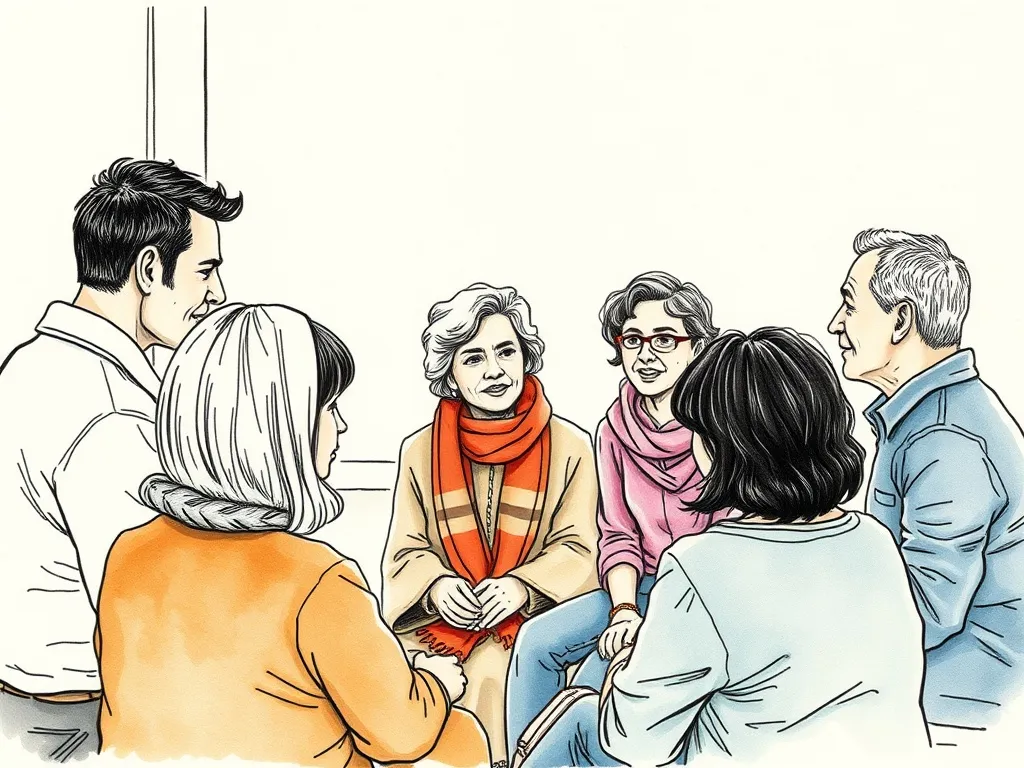
While this guide provides a thorough overview, SRT is best undertaken with the guidance of a qualified healthcare professional, particularly one trained in CBT-I. In Alberta, you can find such professionals through:
- Family Doctors: Your family physician can often provide initial advice and referrals to sleep specialists or psychologists.
- Sleep Clinics: Specialized sleep clinics across Alberta (e.g., in Calgary, Edmonton) offer comprehensive assessment and treatment plans.
- Registered Psychologists: Many psychologists in Alberta specialize in CBT-I and can guide you through SRT.
- Online CBT-I Programs: Reputable online platforms offer structured CBT-I programs, some with live therapist support, making them accessible throughout the province.
If chronic insomnia is impacting your life, don’t hesitate to seek professional help. A tailored approach can make a significant difference in reclaiming your nights and improving your overall health.
Conclusion
Sleep Restriction Therapy is a powerful, evidence-based intervention that, when applied correctly, can be transformative for individuals struggling with chronic insomnia. By strategically limiting time in bed, SRT helps to rebuild a strong sleep drive, consolidate sleep, and re-establish a healthy association with the sleep environment. While it demands commitment and patience, the long-term benefits of consistent, restorative sleep are invaluable. For many Albertans seeking a lasting solution to their sleep woes, SRT, often as a component of comprehensive CBT-I, offers a path toward a brighter, more well-rested future.
Frequently Asked Questions About Sleep Restriction Therapy in Alberta
Q1: Is Sleep Restriction Therapy just about sleeping less?”
A1: No, SRT is not about permanently sleeping less. It’s a temporary, structured method to re-regulate your sleep. By initially restricting time in bed, it builds up your natural sleep drive and consolidates fragmented sleep. Once sleep efficiency improves, the time in bed is gradually increased to an optimal duration for you, ensuring you get enough restorative sleep.
Q2: How long does it take for SRT to work?
A2: The time frame can vary depending on the individual and their adherence to the therapy. Typically, you might start noticing improvements in sleep quality and efficiency within 2-4 weeks. However, completing the full course and achieving stable, improved sleep often takes 6-12 weeks, as the process involves gradual adjustments to your sleep window.
Q3: Can I do Sleep Restriction Therapy on my own, or do I need a therapist in Alberta?
A3: While the basic principles of SRT can be understood from articles like this, it is highly recommended to undertake SRT with the guidance of a qualified sleep therapist or healthcare professional trained in Cognitive Behavioural Therapy for Insomnia (CBT-I). A therapist can accurately assess your sleep patterns, calculate your initial sleep window, guide you through the gradual adjustments, and provide support and troubleshooting for challenges that arise. Self-implementation without professional oversight can be less effective and potentially lead to excessive daytime sleepiness or frustration.
Q4: Will I feel more tired in the beginning of SRT?
A4: Yes, it is very common to feel more tired or experience increased daytime drowsiness during the initial stages of Sleep Restriction Therapy. This is a deliberate part of the process – it signifies that your sleep drive is building. This temporary fatigue is crucial for making it easier to fall asleep quickly and stay asleep when you are in bed. It usually subsides as your sleep efficiency improves.
Q5: Is SRT a permanent fix for insomnia?
A5: Sleep Restriction Therapy, as a part of CBT-I, is designed to provide long-lasting relief from chronic insomnia by addressing the underlying behavioral and cognitive factors. For many people, the improvements achieved through SRT are sustained over time. However, like any therapeutic approach, maintaining good sleep hygiene and potentially revisiting some principles if sleep challenges return can help ensure the benefits are permanent.
Assess Your Sleep Quality Today
Take our My Sleep Health Score assessment to get personalized insights about your sleep patterns and discover how CBT-I can help you achieve better sleep.
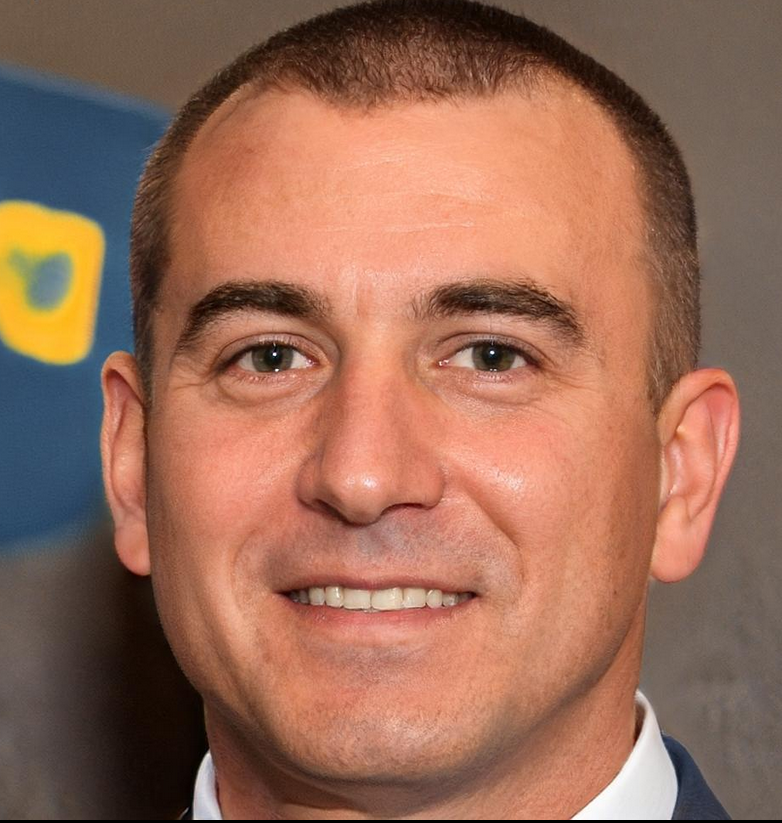
Don Schmidt
15+ years of experience in sleep therapy and Cognitive Behavioral Therapy for Insomnia (CBT-I). Passionate about connecting individuals struggling with sleep disorders to evidence-based, non-medical treatment solutions. Author of hundreds of articles and comprehensive guides on sleep health, CBT-I techniques, and overcoming insomnia. When not helping clients achieve better sleep, you can find me hiking with my family and dogs or enjoying a good book.
Ready to connect with a provider?
Allow us to connect you with a provider who can help.
